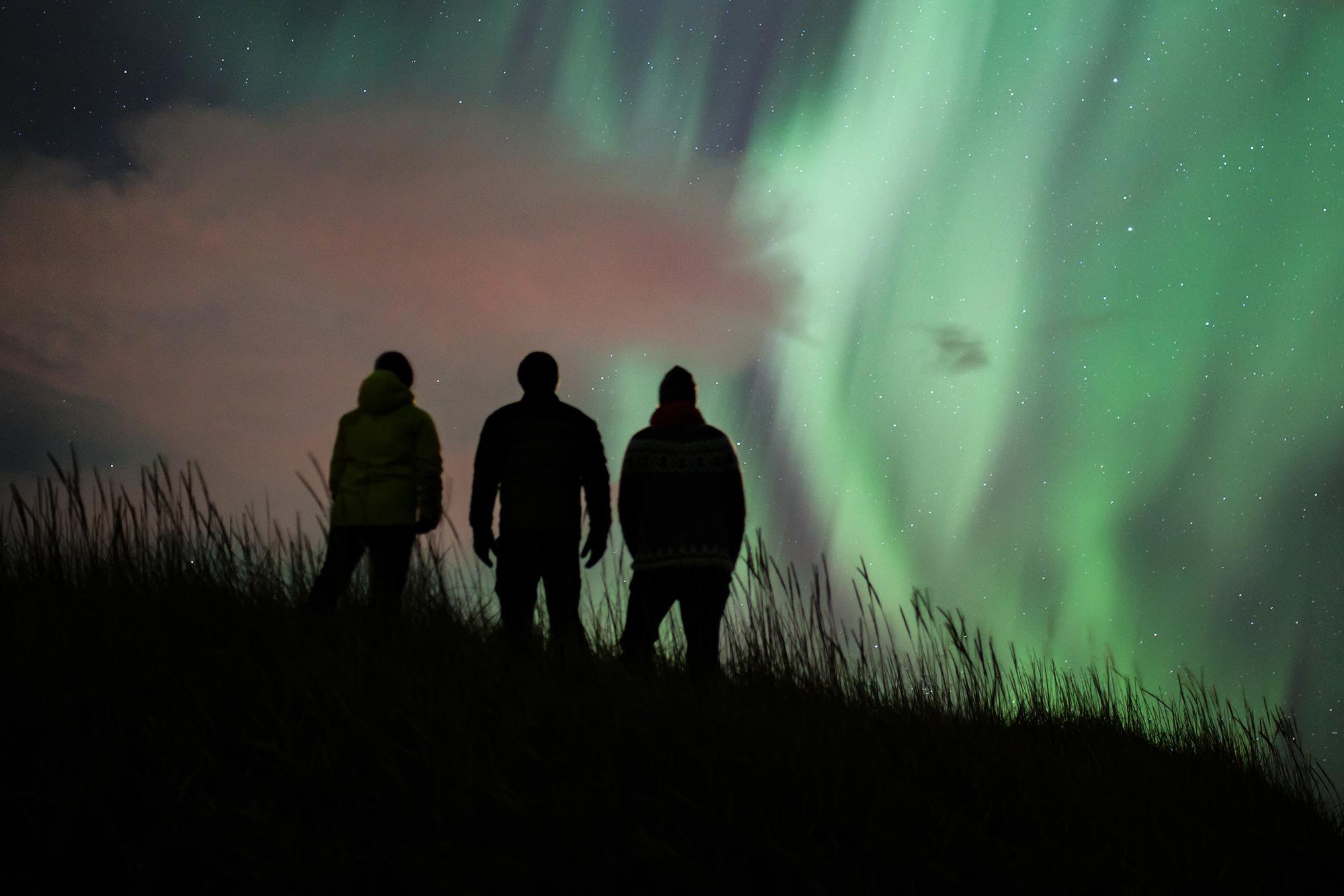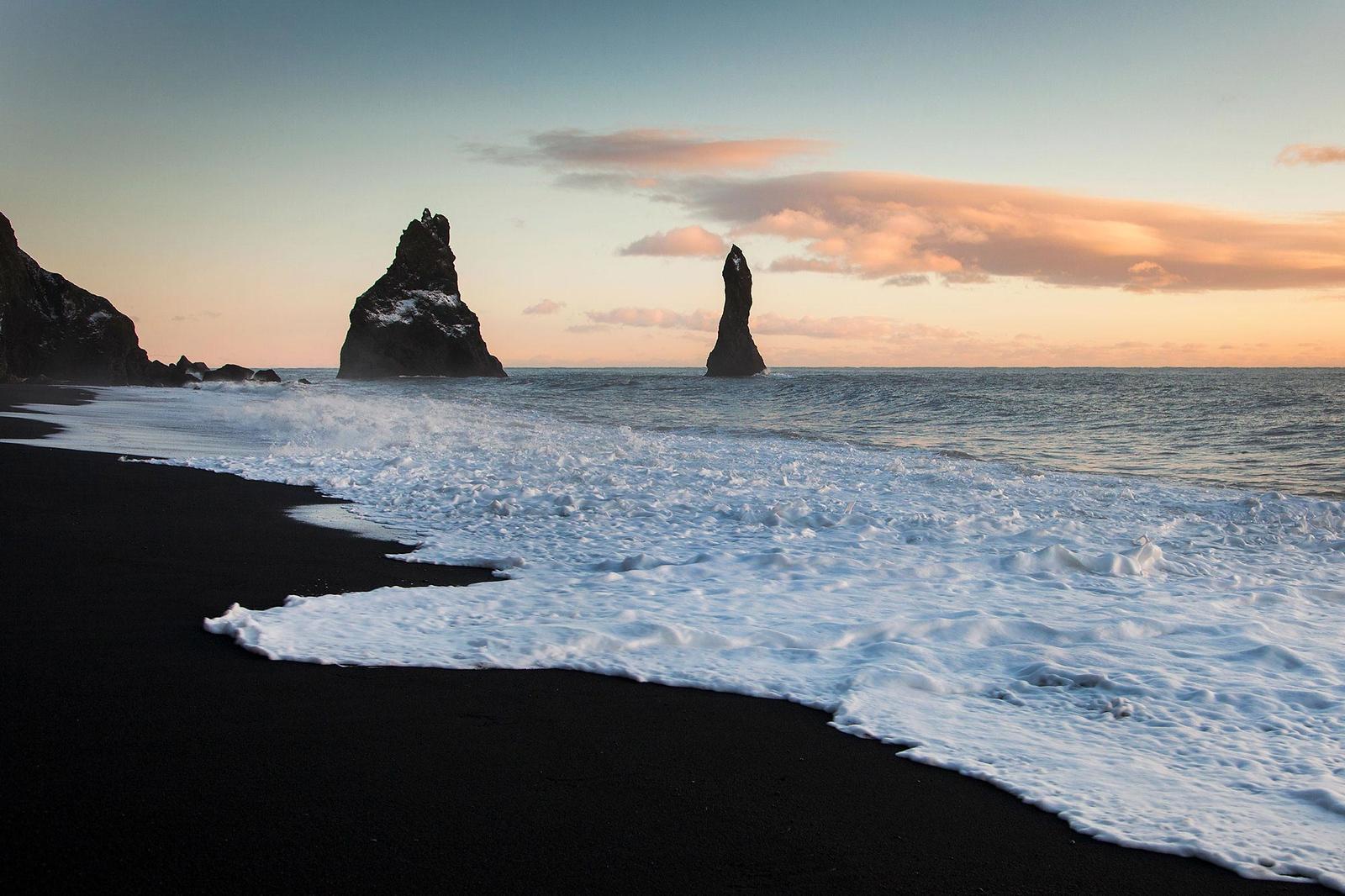Iceland’s Climate Moves with the Gulf Stream Flow
| All, DISCOVER ICELAND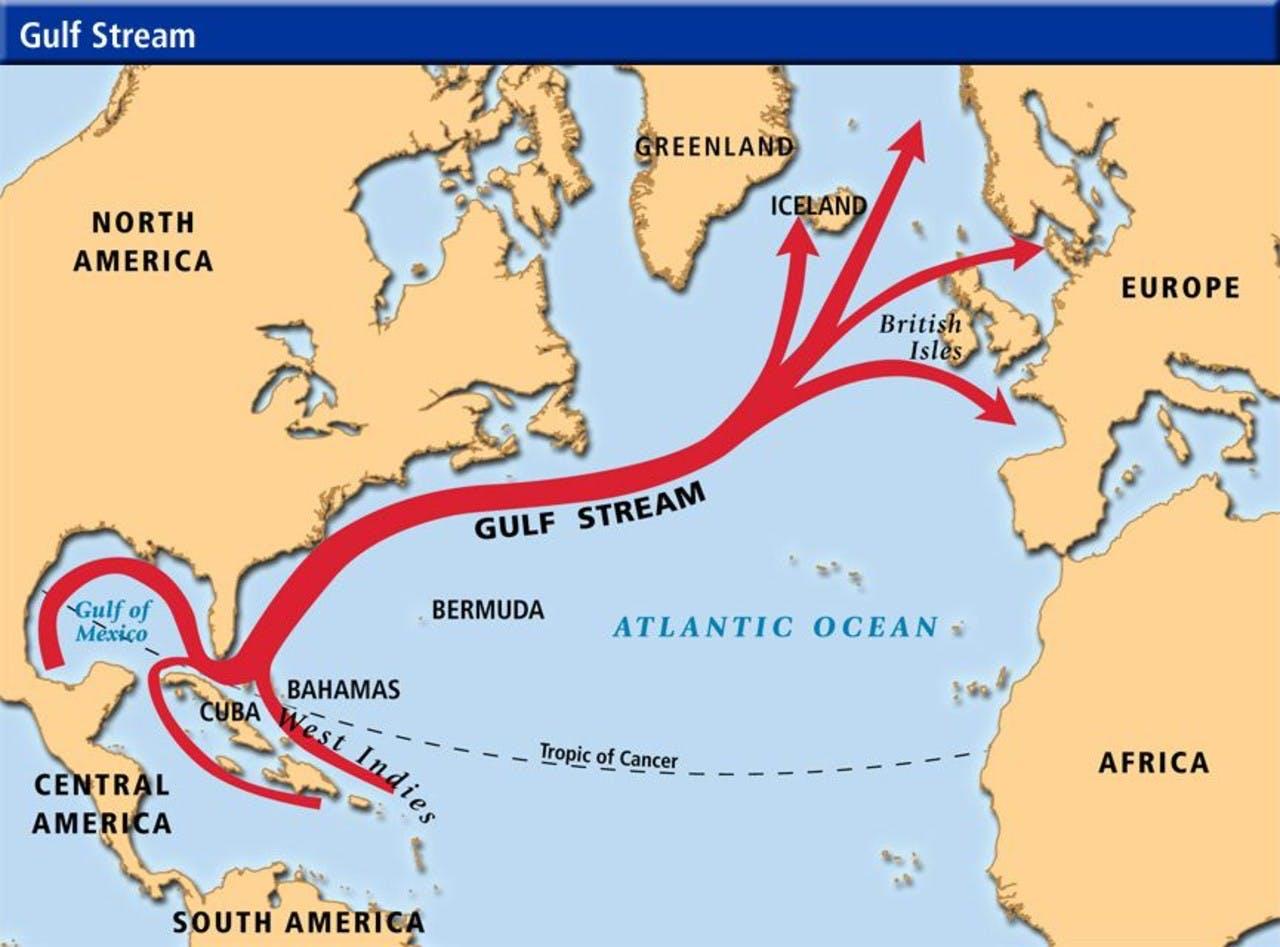
The Gulf Stream
The climate of Iceland is dependent upon a process of all the things that bring the Earth to life, and a major factor is the push of the warm Gulf Stream.
Ponce de Leon received a royal contract in 1512 which gave him Spanish authority to search for the islands of Benimy. No such islands existed, but he did discover Puerto Rico, and in 1513 he set sail from there to discover a land farther north—what is now Florida, USA. On that voyage, the famous explorer encountered an ocean current that stopped the forward progress of his ships. The current was more powerful than the wind. Two hundred years later, Benjamin Franklin, in talking with whalers and naval captains, surmised the Trade Winds “piled up” the ocean’s surface in the Caribbean Sea, and even drew a map depicting the collision of the Trade Winds (which move west) with the Westerlies (which move east). Franklin’s theory was seconded by Sir John Herschel, one of the world’s great polymaths.
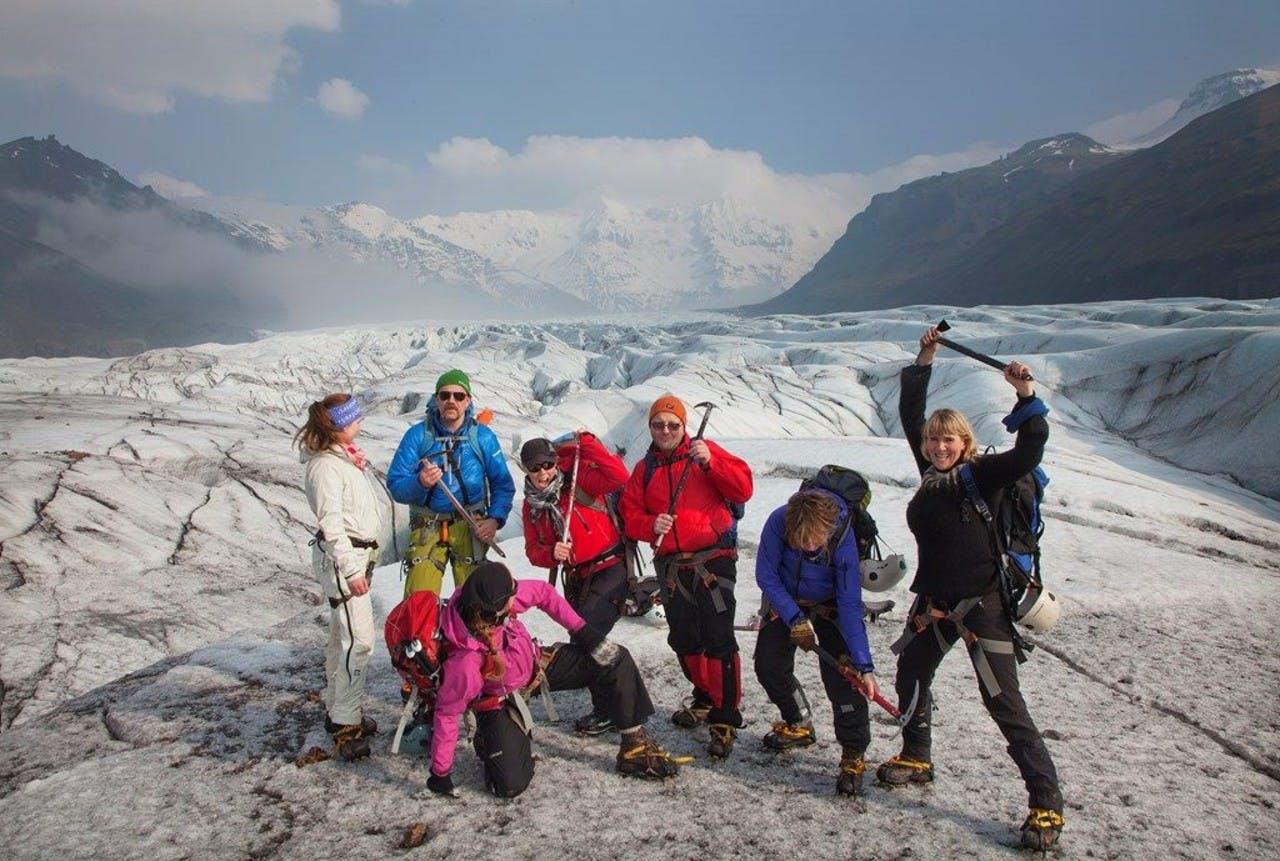
Glacier Walk With Icelandic Mountain Guides
One hundred years later, Commander M.F. Maury, an American oceanographer and director of the U.S. Naval Observatory and Hydrographic Office, determined a different conclusion. He believed wind did play a factor in the ocean currents, but he determined it was a matter more complicated than just a “collision” of winds. He was correct, and it took another hundred years to discover that the Gulf Stream results from effects of the Sun’s gravity and solar heating, temperatures at the north and south poles of the Earth, the revolution of the Earth upon its axis, ocean temperature, air pressure, and changes in air movement.
It is indeed, a complicated matter, but the Gulf Stream does follow a pattern. In the Northern Hemisphere it moves objects headed north toward the east, and moves objects headed south toward the west. Essentially, the Gulf Stream is a “river of water” in the ocean. It originates off the coast of Florida and flows north, until it splits in two just above the forty-fifth parallel. At the split, it becomes the North Atlantic Drift, one branch flowing toward Iceland, the other toward the continent of Europe.
Changes in the Gulf Stream effect changes in Iceland’s climate. A strong Gulf Stream warms the North Atlantic Drift which flows along the southeast coast of Iceland, and keeps the west side of the island a few degrees warmer than the northeast side, which is cooled by the Iceland and Greenland ocean currents flowing from the Arctic. Fluctuations in the strength of the Gulf Stream determine how much affect the Arctic flows will have on Iceland’s climate. A strong Gulf Stream decreases the cold ocean and air flows from the north, thus temperatures rise across the island.
During the 1950s, mean temperatures around Iceland dropped, and continued downward until the 1970s. In the mid-70s, temperatures in Iceland rose, and the glaciers began to recede — and continue to shrink enough that people notice. Many scientists argue it is because of global warming, and a warmer than usual Gulf Stream melting the ice of the Arctic.
Folks in Myvatn, however, might disagree. Northeast Iceland saw one of its harshest winters in 2013, and an abnormally wet spring. But on August 5, 2015, authorities in Iceland issued a “level of uncertainty” warning at Sólheimajökull, an outlet glacier of the larger Mýrdalsjökull glacier in south Iceland. Sólheimajökull had risen 1.5 meters (5 feet) in a few days, and there was fear that a big chunk of it might break away and cause tidal surges in the surrounding lakes. Melting ice tends to break, and in Iceland that wreaks havoc. Two days later, however, the warning was cancelled.
At Icelandic Mountain Guides, we can lead you on our safe and easy two-hour Sólheimajökull Glacier Discovery (and many other great day tours), so you can discover first-hand the ever-changing nature of a glacier, with the thrill of deep ice crevasses and the beauty of blue ice sculptures — two of the main geologic formations that make Iceland’s landscape a wonder to behold.
Quick Facts:
- The Gulf Stream ranges 100 km (62 mi) wide and 800 – 1,200 m (2,600 – 3,900 ft) deep.
- The velocity of the current travels faster near the surface, 2.5 meters per second (8.2 feet per second, or 6 mph). (Normal ocean currents range from 1 – 04 m/s.)
- The volume of water of the Gulf Stream is greater than the volume of water from the all rivers of the world which flow into the ocean.
Keep me informed about the Icelandic Mountain Guides Blog
Outdoor adventure in Iceland is our specialty. Subscribe to our free monthly newsletter to learn when to go, what to do and where to have the best adventures in Iceland.
Related Blog Posts
Related Tours
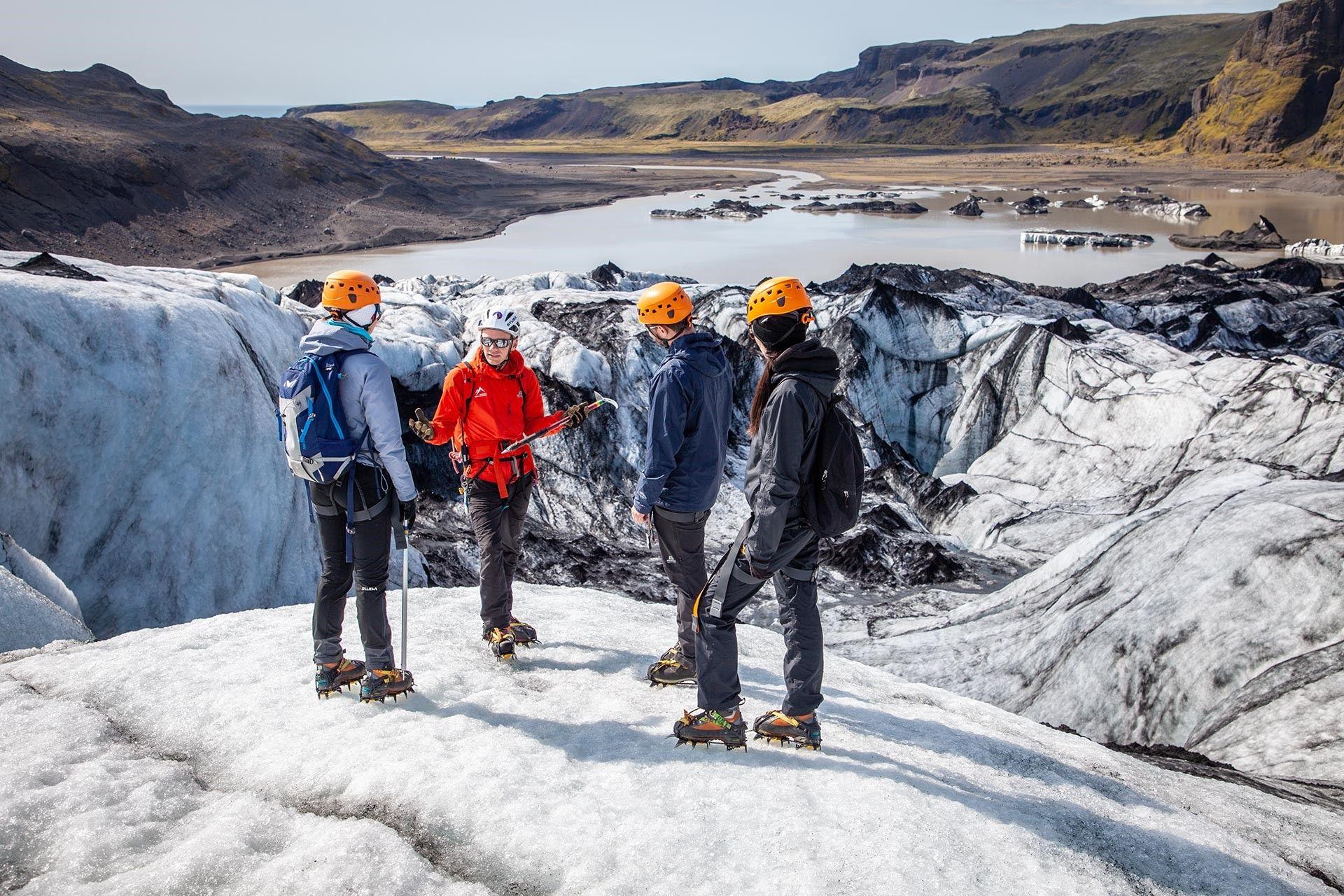
Glacier Discovery - 3-hour Sólheimajökull Glacier Hike

Kayaking by the Glacier
